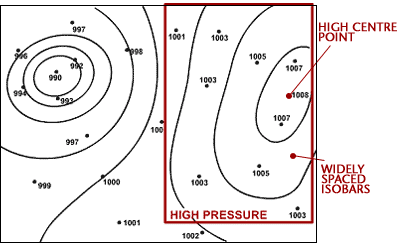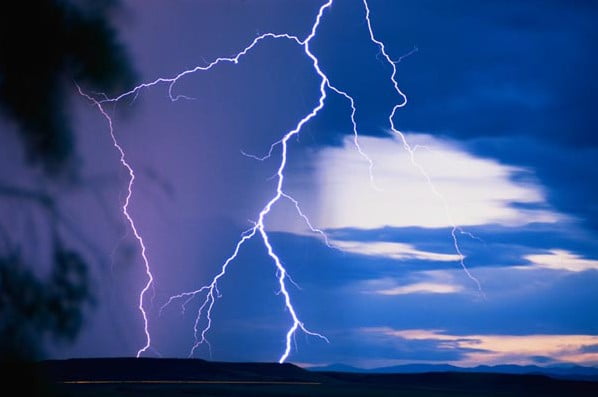Have a look at the climate station map of the UK produced by the Met Office. Choose one of the stations, then look at the ‘averages table’ tab to see the various climate parameters for that location.
- Which station did you choose?
- Is it in the north west, north east, south east or south west of the UK?
- Which month receives most rainfall?
- When is the driest month?
- Which is the sunniest month?
- Which is the windiest month?
- Which is the coldest month (look at both maximum and minimum temperature)?
- Which of these answers did you find most surprising? What would you have expected?
| Month | 80% value | 20% value | Range (80% – 20% value) = |
| January | |||
| February | |||
- Which month has the biggest range of maximum temperature?
Extension: think of a person you know who lives somewhere else in the UK (friends, family or even celebrities!). Use the climate data map to write a short paragraph describing their climate – temperature and rainfall and comparing it to the climate where you live. Which of the following factors do you think best explains the differences? Latitude, urban effects, altitude, distance to the sea, east/ west (longitude).



